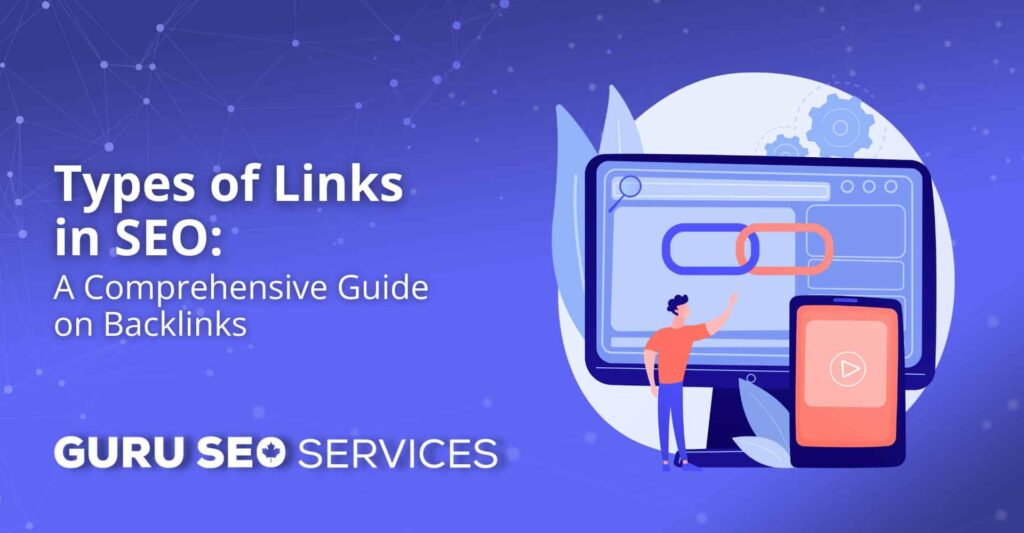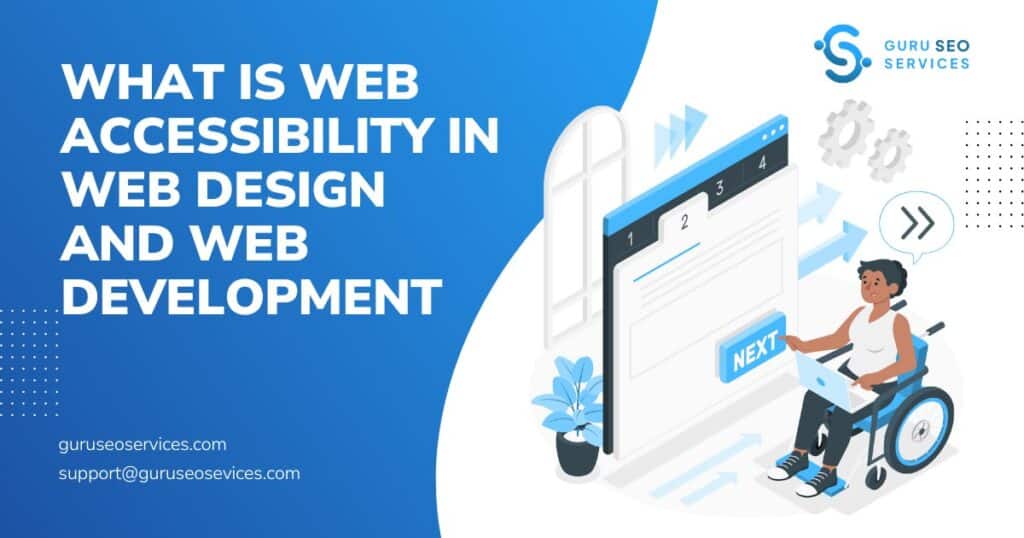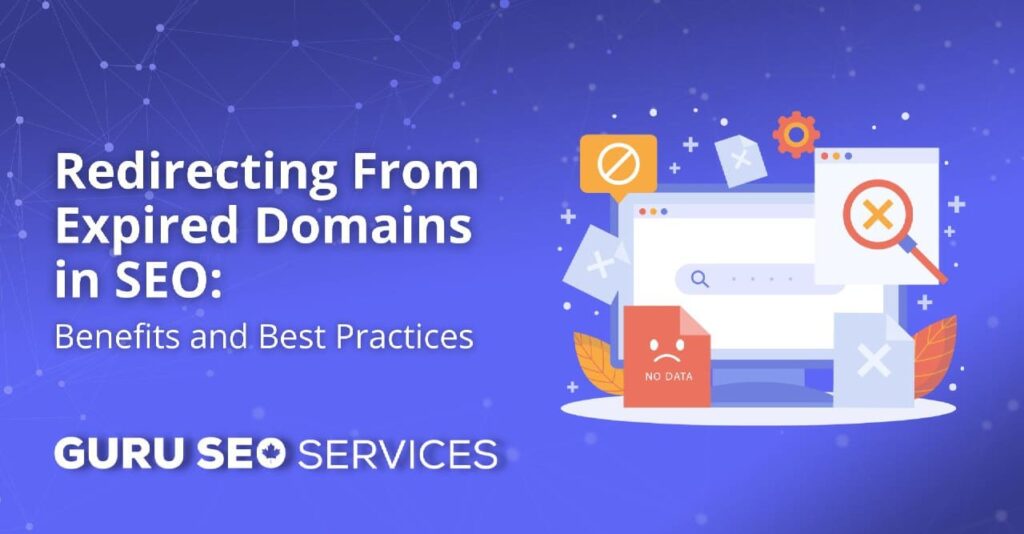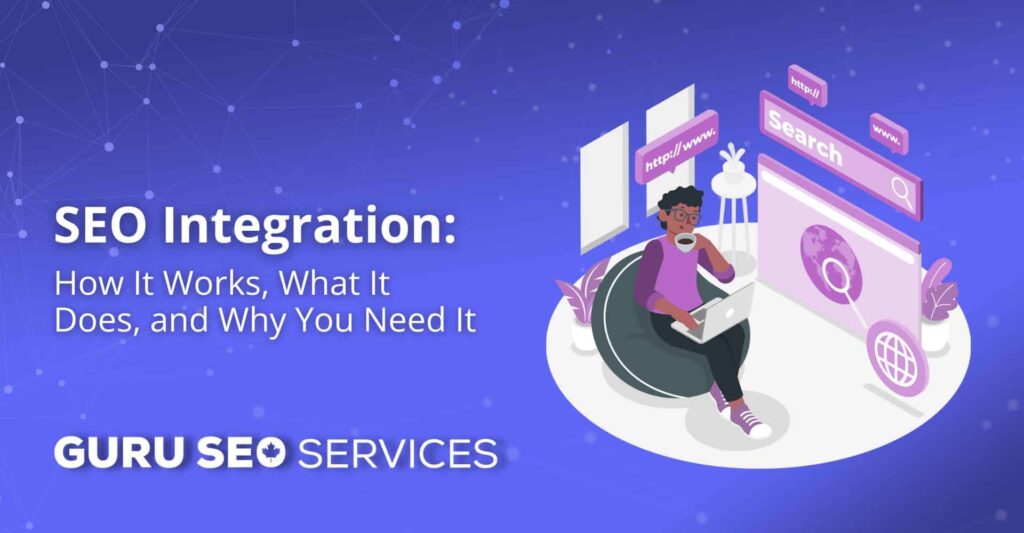Today, we’re giving out all industry secrets and talking about what links in SEO are, why they’re important, how they work, and the types to know. But most importantly, we’re breaking down how to get high-quality links in 2024 to boost your traffic and enhance your visibility. Without further ado, let’s see what it takes to stand out in search engines, build healthy links, and improve your digital marketing strategy.
What Are Links in SEO?
First things first, what are links in SEO and why should you care about them? Backlinks are essentially considered votes of confidence for your website compared to other websites. These votes tell search engines that the content on your page is not only worth reading but also useful and credible.
As a result, the more backlinks you have, the higher you’ll rank on any search engine, including Google, Yahoo, and Bing. In fact, to this day, backlinks are considered one of Google’s three most necessary ranking factors, along with content and RankBrain. That’s why many digital marketing companies hire link-building specialists and offer these services.
Before we discuss their place in the world of online marketing, you should know that not all links were created equally. A single high-quality link can outperform 100 low-quality ones, so when building, quality over quantity is always the key.
The Importance of Links in SEO
Links have an incredible impact on a site’s SEO, mainly by boosting its search rankings. It’s impossible to rank a site on Google without using any type of link, irrespective of the quality of the content.
Links in SEO are one of the top organic search ranking methods and they account for around 17% of how your website is ranked in local Google searches. Web crawlers use links to learn about your site and what your content has to offer.
Link building will also help you increase your site’s metrics, including domain authority, domain rating, and page rank. When you get backlinks from pages with a high domain rating, it’ll increase your ranking and your authority.
Another reason marketers love doing link-building is that it can help establish a brand as an industry leader. Once they become a voice for their industry and a thought leader, they can improve their sales, as well as their revenue opportunities
Finally, with a solid link-building strategy, websites will be able to gain more visibility and exposure to their site.
Types of Links in SEO
There are almost countless types of links in SEO, so figuring out which ones are important for you might be difficult. That’s why we’ve decided to break them all down and show you their purposes and how you can use them as part of your online marketing strategy.
Internal Links
Internal links are hyperlinks that connect pages on the same website. When they’re used effectively, they help users navigate the site with more ease and help them find the content they’re looking for.
In SEO, internal links serve two purposes, the most obvious being that they guide users through your content in a natural way. With internal links, users will be prompted to explore your website a bit more and stay longer.
The other purpose is to help Google understand the structure of your site and connect the dots between the pages. That understanding is what will influence how your site appears in search results.
The importance of internal links in SEO is knowing that nothing exists in isolation. By creating a better internal structure for your users, you and they will experience many benefits. For one, you will lower your bounce rates and increase time on site, while they will get easy access to the answers they’re looking for.
However, it’s important to know that you should never place internal links just for the sake of linking. Each link should fit naturally within the content and make sense to both users and search engines.
Types of Internal Links
First, we have navigation links, which are in the main navigation menu or sidebar that directs users to different pages or sections of your site. Then, there are footer links, located in the footer of the page and lead to important sections like terms of service, site map, or privacy policy.
Contextual links refer to the links within the content of a page that point to other relevant pages of your site and can provide additional information or related content. Breadcrumbs are sequential links usually displayed at the top of the page. They show users the path back to the home page or other, higher-level pages.
Among the types of internal links, you’ll also find internal search links, which are generated through an internal search engine. Tag or category links guide the pages that display content, which are grouped by tags or categories. These are used to help organize and categorize content.

External Links
External links serve as points to other websites and they’re an incredibly important part of your SEO strategy. They tell search engines that your site is connected to other trustworthy sources.
Understanding how and why you should build external links is the key to establishing a strong online presence. They also encourage users to stay on your site longer and explore more, which can ultimately turn them into loyal customers.
It’s important to note that many bloggers or businesses without a strong grasp of SEO think that they should avoid external links. It’s easy to understand their point of view as you don’t want to drive traffic away from your site.
However, things are never quite so black and white in SEO.
Generally, when you place external links into your content, you’ll be helping, not hurting your digital marketing strategy. Of course, that’s only if you’re using the right external resources. Just as it’s the case for internal links, the resource you’re linking to should make sense with the content and it should come from a trustworthy source.
When it comes to external links, it’s always a good idea to include relevant research or recent research.
Types of External Links
Hyperlinks to other websites are the most common type of external links and they direct users from one website to another. Then, there are social media links, which are linked to specific posts or profiles on platforms like Facebook, X, Instagram, and others. They help with cross-platform promotion and engagement.
Download links allow users to download files, images, documents, or software from different sites. When opened, email links open an email composition window, which has a pre-filled recipient email address and it’s useful for encouraging communication.
Links that include a tracking code and allow the website owner to earn a commission for sales or traffic generated through a link are called affiliate links. Then, there are anchor links, which navigate within the same page and direct users to a specific anchor point or section. Writers and marketers often use anchor links in longer articles to help improve user experience.
Redirect links are ones that automatically take users to a different URL and are often used for tracking purposes or when content, like blog posts, has been moved. On a website, you can also find image links, which are clickable images that lead to another webpage or resource.
Backlinks
When talking about the impact of links in SEO, backlinks potentially have the biggest impact of all. The more incoming links you have that are pointing to your website from another resource, the better your chances are.
A PageRank algorithm, like the one Google uses, measures the authority of these links and uses high-quality ones as strong ranking factors. Backlinks tell search engines that your content is good and should be rewarded.
Also known as inbound or incoming links, the presence and quality of backlinks have a significant impact on your overall visibility. They can contribute to the overall authority and trustworthiness of your brand, establishing you as a thought leader in your industry.
Another reason many employ backlinks in SEO is that they can bring in direct traffic. Users who click on a link from another site to yours are all potential visitors interested in your content.
Finally, with a diverse set of backlinks, you’ll be indicating that different communities value your content. All of these factors and more will add to the overall strength of your link profile.
Types of Backlinks
There are many different types of backlinks in SEO, and knowing them could make or break your SEO strategy.
Natural editorial links are given by other websites voluntarily because they find your content valuable and informative. On the other hand, manually built links are acquired through intentional efforts. These can include submitting links to web directories, guest posting, or reaching out to influencers.
Self-created links are created by website owners within their content and it’s often in the form of user profiles, forum signatures, or comments on the blog. Website owners or link builders get guest posting links by contributing content to other sites in exchange for links back to their sites.
Social media links are the links to your website, shared on social media. But if those links are from industry associations, local business profiles, or business directories, they’re known as business profile links.
If link builders perform an analysis of the backlink profile of their competitors, they can reach out to the sites that link to them. By doing so, they’ll help build competitor backlinks.
There are also educational or government links, which come from educational institutions (.edu) or government sites (.gov). These types of links in SEO are often highly valued by search engines.
Do-Follow Links vs. No-Follow Links
If you want a naturally healthy and diverse link profile, you should know about do-follow and no-follow links and why they’re important to SEO.
Do-follow links are regular hyperlinks that don’t have the “nofollow” attribute in their HTML code. That’s important to know because search engines follow these links and use them to determine the relevance and authority of the link page.
Do-follow links play a crucial role in SEO because they contribute to a page’s link profile and can positively impact your rankings. Not only that but they’re a key factor in determining the credibility and authority of your site.
On the other hand, there are no-follow links which do have the “nofollow” attribute added to their HTML code. Even though search engines don’t follow these links and do not pass authority to the linked page, they’re still a huge part of a solid SEO strategy.
For one, no-follow links are used to control the flow of authority between pages. They can be used for links that aren’t editorially vouched for, like paid or UGC links.
Most importantly, no-follow links prevent the dilution of link authority in situations where a website has many links, which shouldn’t be considered endorsements.
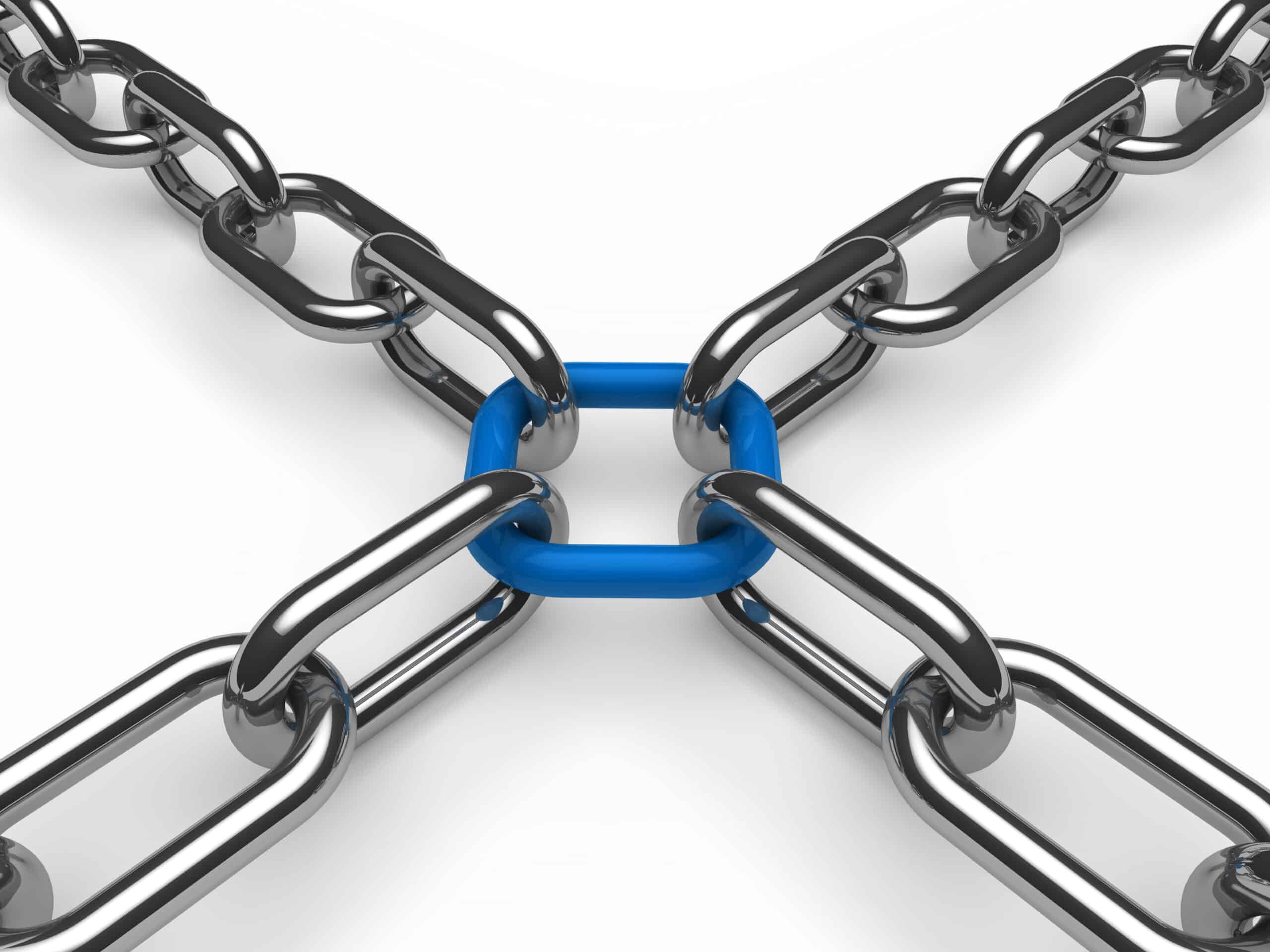
How to Get High-Quality Links
If you want to be on Google’s good side and have a high ranking, you’ll need backlinks from authority sites.
Guest Blogging
Potentially one of the most efficient ways to build links in SEO is through guest blogging. Guest blogging allows your business to organically build a backlink profile and attract organic traffic. It does so by linking to your resources, studies, and content when it’s applicable and relevant.
Many websites invite and welcome guest blog content because it can help them attract new audiences or come up with topics that they might not have been able to on their own. With almost no effort on their side, a website would receive free content from you, while you’d get valuable backlinks for your link-building strategy.
If you want to try a guest blogging strategy as a way to create healthy, high-quality links, you should look for sites that accept these types of contributions. They should also be relevant to your industry, services, or products.
You should also look to publish your content on sites that have a higher domain authority than you. That way, your backlinks will have a higher, and more lasting impact on your ranking.
Publishing Ultimate Guides
As the name implies, ultimate guides are the ultimate resource on a specific topic and provide the most in-depth knowledge on a subject. By providing your readers with an ultimate guide and answering all of their questions (and a few others), they’ll stay on your page for a longer time.
The reason ultimate guides work so well as part of a link-building and content marketing strategy is that they offer a lot of content on a single page. According to the latest SEO ranking factors, long-form content tends to perform better on search engines than short articles.
Many writers, bloggers, and web owners like linking to and referencing ultimate guides as part of their digital marketing strategies.
Reclaiming Your Links
Reclaiming your links describes the process of identifying mentions of your brand or your content across other websites that don’t include a link back to your site. Once you discover this, you should always reach out to the website owner and request a link to be added.
One way to make link reclamation easier for you is by setting up Google Alerts for your brand or your content. That way, you can immediately identify mentions that don’t include a link and reach out.
Mining for Broken Links
Broken links hurt a user’s experience and could even lead to a loss of business. One way to improve the user experience and get yourself more backlinks is by mining for broken links.
The practice of broken link building entails finding pages that don’t exist anymore or have been updated and reaching out to websites that have linked to those pages. Then, you would let them know that the links they’re featuring no longer work and offer your relevant links in place of the broken ones. Broken link building is an SEO practice that takes time and effort, as do most tactics we’ve listed so far. However, if you want to reap the benefits of link-building, you’ll need to be dedicated to these strategies. That’s the only way to build your backlink profile and boost your authority and ranking.
Mistakes and Links in SEO to Avoid
In addition to knowing which practices work best, you should also know the mistakes that could be hurting your link-building efforts.
First off, if you want your links in SEO to work for you, don’t underestimate the power of internal linking. Consider them the family ties that strengthen the structure of your website, guide visitors, and keep them engaged.
Also, when linking, use relevant text for your hyperlinks and avoid keyword stuffing to avoid being marked as spam. You should always, no matter your content marketing or link-building strategy, choose quality over quantity.
While it’s easy to fall into the pitfalls of getting lots of lower-quality links, the truth is that they usually do more harm than good. They can harm your site’s reputation, especially if Google believes that you’re using suspicious tactics to get backlinks.
You should never ignore or overlook broken links as they lead to frustration among your visitors. Regularly check and fix these links to maintain a better and smoother user experience.
Final Thoughts on Links in SEO
When it comes to figuring out all of the links in SEO, there’s so much to consider. From types of links to strategies, SEO tools to use, and mistakes to avoid, once you start learning about links, you never truly stop.
However, if you need help building links and want a professional SEO agency that guarantees you can reach the right target audience – call us today! With years of practical, hands-on experience building links, creating content, and improving user experience, we can take your business to a whole new level.
From links in SEO to comprehensive strategies and web design, we can handle all the digital parts of your business while you reap the rewards. Get in touch with us or request your free digital marketing assessment today!





